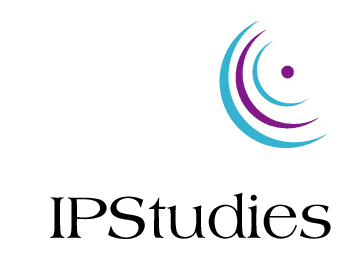The past six months have been very busy for IPStudies, serving our CRISPR monthly data monitoring to an increasing number of subscribers. We search, sort, analyze and classify an average of 100 new CRISPR patent families every month. We’ve also answered to a number of interviews with our latest statistical data as compiled in our August update of the 2017 CRISPR patent landscape. Here is a quick review of the past months significant updates in the CRISPR patent landscape:
As the most visible part of the landscape iceberg, the legal battle between the two pioneering patent owners, the Broad and UC Berkeley/Charpentier camps, has kept on developing, but it did not really turn less complex as it was one year ago:
- The February 2017 interference decision by the USPTO has been appealed by UC Berkeley in April and the Broad has answered it in October. We had the opportunity to informally discuss the communication campaigns around this case with one of the interference expert lawyers end October, and we concluded that it is hard to derive any clear conclusions from the public statements and publications around this case… The Appeal decision by the USPTO is expected by mid-2018.
- The European patent opposition on the first Broad patent took place this week and turned out faster than expected to conclude on the revocation of the patent. Four days had initially been planned to review one of the most complex opposition case in the European patent office history, but the opposition division closed the case in less than two full days. The EPO opposition division focused their decision on the priority date issue caused by the removal of the name of Rockfeller inventor Marraffini in the PCT filing behind the European patent application, while he was a named inventor in the initial priority filing of end 2012 at the USPTO. But we guess this decision had been anticipated by the Broad institute, given the rapidity of execution of their communication campaigns on this case, with two announcements shortly released along the proceedings, first on the resolution of their IP ownership dispute with Rockefeller and second on their willingness to appeal at the EPO. Here again, the underlying legal issues are very complex as dealing with international patent law treaties as well as European patent case law, and more developments can be anticipated in 2018.
On the business side, significant licensing moves have also been announced in the past six months:
- The MPEG-LA patent pool is developing with a public announcement of the interest of the Broad Institute and Rockfeller in the initiative. Kristin Neumann from MPEG-LA presented the initiative at a number of events in the last few months, including the Licensing Executive Society meeting in Paris in December where we had the opportunity to hear her with a number of Life Sciences experts from LES-France. The video of an earlier presentation by Kristin can be watched here, for those interested in learning more about the CRISPR patent pool initiative. We expect to hear more developments from MPEG-LA in this first quarter of 2018.
- The plants and agriculture field has undergone further consolidation, with Monsanto adding the Cpf1 variant license from the Broad to their former Cas9 license (both non-exclusive – BASF is also a Cas9 licensee), while Dupont Pioneer has announced an exclusive license from ERS Genomics, which they further pooled in with the Broad Institute Cas 9 IP to jointly offer a global Cas9 licensing solution in agriculture (excluding tobacco for human use). This looks like a de facto patent pool for CRISPR-Cas9 in agriculture, as it also include rights from Caribou Biosciences, Vilnius University, Rockfeller institute and University of Iowa.
- On the therapeutics side, the Broad reminds that the 2-years exclusive license to the Cas9 variant of the CRISPR technology for human therapeutics which was initially allocated to Editas ($EDIT) as per their inclusive innovation model has now expired. Editas still holds a similar exclusive license for the Cpf1 variant which has not expired yet. In fact, already about 7.5% of our CRISPR landscape data deals with Cpf1. This illustrates the importance for various players of emerging Cas9 design arounds and probably also their hope for facilitated licensing as promised by the Broad Institute.
On the technology side, the IPStudies worldwide CRISPR patent landscape now gathers more than 2200 classified patent families and we’ve seen new trends emerging in the past year, both on the technology itself and on the application developments. At IPStudies, we look at the CRISPR patent landscape in as broad a perspective as relevant from an R&D point of view, as we analyze all new patent families claims, not just the granted ones. We look for this data worldwide, as a large part of the applications are developed and patented in specific markets such as China without necessarily been extended internationally. Our perspective highlights the efforts by more than 700 different R&D players (including the pioneering ones, sometimes in a different position than what their corporate pitching drives everybody to focus upon) to:
- Design around FTO issues – in particular, which components are covered by which patents;
- Applicability of various components to different systems and applications, to anticipate different possible licensing landscape evolution scenarios;
- Defensive protection on dedicated fine-tuning of the genome editing technologies for specific applications.
Our CRISPR analyst Fabien Palazzoli is right now compiling the overall findings to prepare the 2018 release of our yearly CRISPR patent landscape report. Stay tuned for our next updates!
